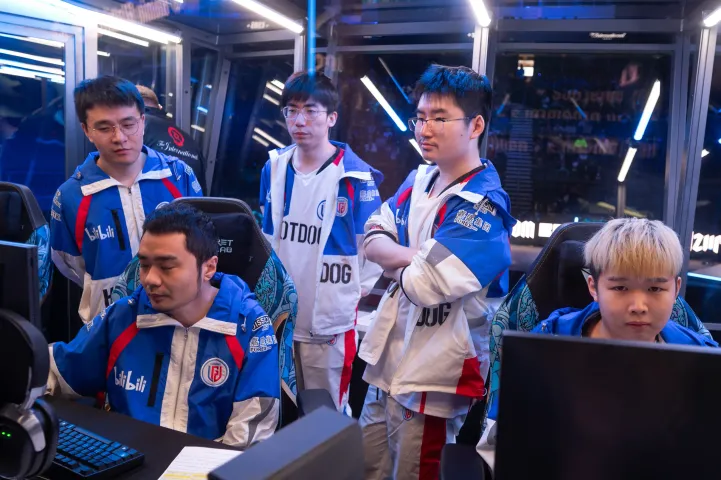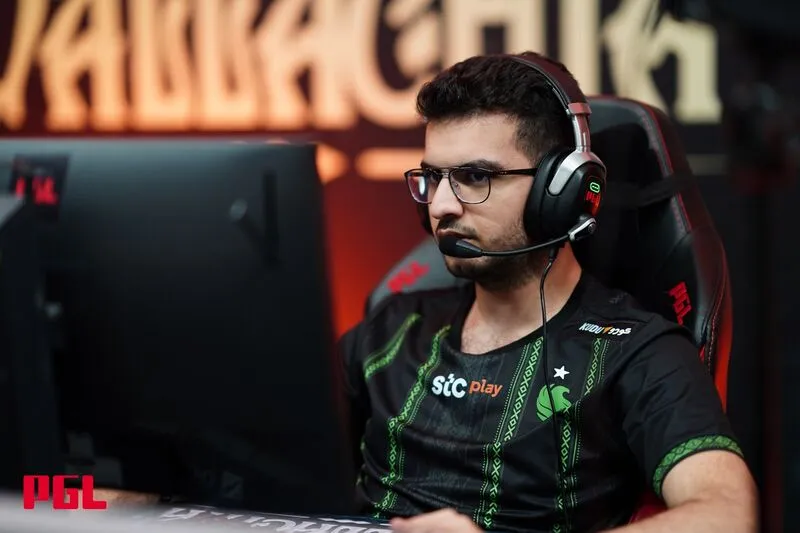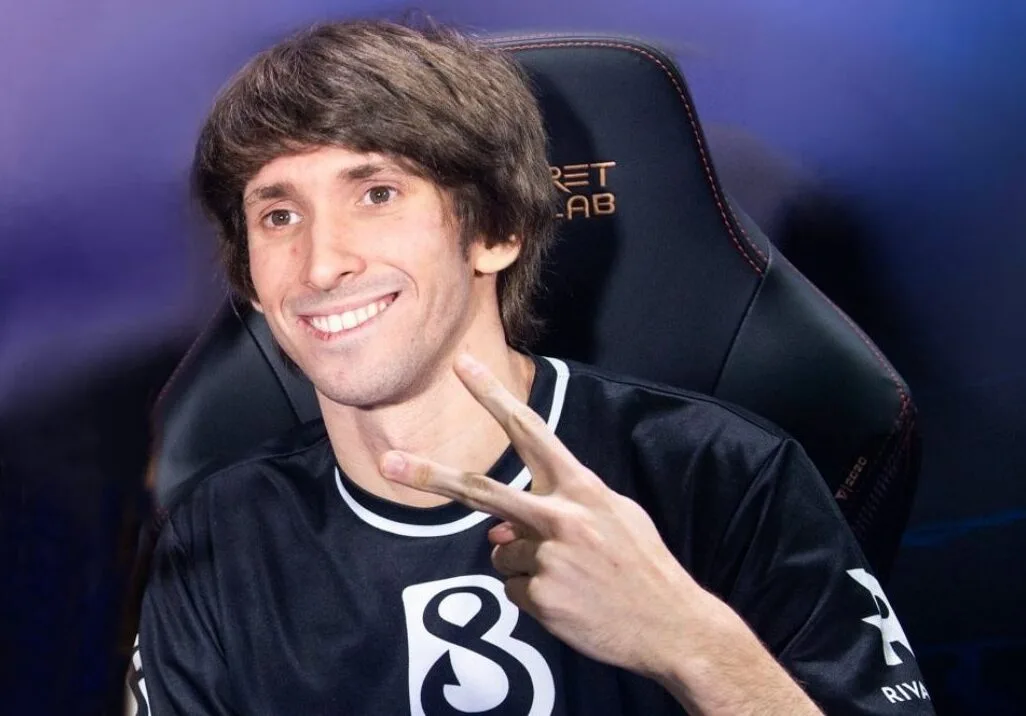
Dota 2 is one of the most popular esports disciplines, attracting millions of players and viewers worldwide. Professional matches in Dota 2 are complex, multifaceted, and require a deep understanding of the game. This article is dedicated to the analysis of professional matches, particularly focusing on strategies, key metrics, and trends that affect team performance.
What is needed to start analyzing?
First and foremost, you need to have at least a general idea of what is happening on the map. So, if you are a beginner, we recommend you first read the article for beginners and then return here.
- Match for analysis: Choose a match that interests you from a recent tournament or a classic match you've always wanted to dissect. Ensure the match is available for viewing on YouTube, DotaTV, or another platform.
- Notebook or note-taking tool: You will need to jot down your thoughts and observations while watching the match.
- Analytical mindset: Be prepared to question your assumptions and look for new perspectives.
- Patience: Understand that everything will not be as straightforward as you might like. Be prepared for the fact that you won't understand all the players' actions immediately.
How should the analysis be conducted?
- Watch the match: The first time, watch without stopping to get a general idea of what happened. Pay attention to things like hero picks, lane strategies, team fights, and objectives. Don't worry if you don't understand everything happening; you will figure it out later.
- Focus on one thing: Concentrate on one specific goal you want to improve at this stage, whether it’s macro-control, playing a particular role, or mastering a specific hero. This will help you focus your analysis and get more benefit from watching.
- Pay attention to details: During the second viewing, pay attention to small details you might have missed the first time. The more details you notice, the better you will understand how the match unfolded and how one team gained an advantage over the other.
- Take notes: Write down your thoughts and observations while watching the match. If you don't, you will surely miss some detail. This will help you recall important moments and organize your thoughts later. Use a notebook on your computer or a regular notebook—whichever is more convenient for you.
- Analyze what you saw: Once you have a good understanding of how the match played out, it’s time to analyze what you saw. Think about which actions of individual players or teams worked and which didn’t, and why. Identify situations that could have been won if something had been done differently. Try to explain why you think certain things worked or didn’t work. Support your arguments with evidence from the match or from other matches where similar situations occurred (if you've watched more than one game).
- Draw conclusions: What new insights did you gain from this match? How can you use this knowledge to improve your own game? What advice would you give other players?


What should you focus on?
Watching an interesting match for your enjoyment is great, but let’s understand which aspects of the game you should focus on.
Strategic aspect of the game
- Drafting: This is a critical stage since the right choice of heroes significantly influences the game. Teams try to balance heroes with strong control, high damage, and durability.
- Role Composition: A typical team consists of one carry, one mid, one offlaner, and two supports. Teams select heroes according to their roles, aiming to create synergy between them.
- Early and Late Strategies: Teams might choose strategies focused on early aggression or on dragging the game to a late stage where certain heroes become extremely powerful.
Metrics
- KDA (Kills/Deaths/Assists): One of the main indicators of a player's effectiveness is their kill, death, and assist ratio. A high KDA indicates a well-played game.
- GPM (Gold Per Minute): The amount of gold a player earns per minute. This is important for the carry and mid, who need to quickly accumulate items.
- XPM (Experience Per Minute): This metric reflects the speed at which a player gains experience, crucial for all roles, especially for level-dependent heroes.
- Vision and Wards: Placing and destroying wards play a key role in map control. Teams with better vision can plan attacks more effectively and avoid ambushes.
Trends
- Meta: The game constantly evolves with new patches and updates. What was effective in the previous season might become less relevant now.
- Popular Heroes: Some heroes are picked more frequently due to their current strength or versatility. It's important to track which heroes are most commonly used and why.
- New Tactics: Teams are always looking for new ways to gain an advantage over their opponents. This can include unusual hero combinations, unconventional movement paths, or aggressive play styles.
Example Analysis
Now, let’s briefly analyze the first map of NAVI vs 9Pandas in the qualifiers for The International. We won’t go into every aspect of the game to save your time, but we will cover the main points such as drafts, key fights, and major mistakes.
Draft
We’ll start with the draft phase. We won’t focus on the bans, as bans at a high level of play are usually based on what the opponent plays and exceptionally strong meta heroes that cannot be let into the game. Let’s move on to the picks.
NAVI picked the following heroes: Silencer, Nyx Assassin, Dark Seer, Ursa, and Earth Spirit.In response, 9Pandas picked: Clockwerk, Storm Spirit, Keeper of the Light, Centaur Warrunner, and Chaos Knight.

Key Moments of the Game
The first kill on the map occurred at the 4th minute. In a 2v2 fight, NAVI's carry lacked one auto-attack to draw first blood. Instead, it was the offlaner of 9Pandas who secured the kill, immediately traded by Malady, the position 5 player. The next notable moment was the death of NAVI’s offlaner, who strayed too far into enemy territory and was punished. By the 6th minute, after a series of mistakes, NAVI lost three players to a successful gank by 9Pandas' Storm Spirit. In return, NAVI only managed to kill Centaur Warrunner.
By the 12th minute, it was clear that Natus Vincere players were making systematic mistakes: they roamed alone without understanding the opponent's position. For the next 7 minutes, there were no kills. The first significant event was Roshan's death and NAVI securing the Aegis of the Immortal. Up to the 30th minute, we saw interesting skirmishes from both teams where it was unclear until the end who would come out on top and gain more from the situation. In most situations, NAVI initiated fights well and secured kills but almost always lost one, two, or even three players during their retreat. A particularly problematic point was that usually, the one dying was Yuragi, NAVI's carry.
At the 34th minute, a clash occurred, marking one of NAVI’s fatal mistakes. They lost four players during this fight and additionally lost their bottom barracks. The only hero to survive was Ursa, who escaped using the Aegis of the Immortal. This fight significantly increased 9Pandas' already substantial gold lead. And within two minutes, the game was concluded with a final team fight, initiated by a positional mistake from NAVI's hard support Malady. Other players tried to salvage the situation, but the opponent's advantage was too great to overcome.
Mistake Analysis
Let’s briefly describe why NAVI fell behind during the game. The main and biggest problem was that NAVI gave away unnecessary kills and died too often in their own jungle. This was most evident for Malady, who died the most due to poor positioning. He not only died in the jungle while roaming alone but also gave away first kills during mass skirmishes, leaving NAVI to fight 4v5 almost every time. Over time, players realized their primary mistake, but it was too late to correct it. The draft phase can also be noted. NAVI had a more ideologically interesting and stronger draft than 9Pandas, but the problem was that such a combination of heroes was difficult to execute, which NAVI failed to do. In contrast, their opponents played with a noticeably simpler draft, giving them an advantage in this match-up.

Tips
- Watch a lot of professional matches: The more you watch, the better you will understand the game and recognize patterns.
- Pay attention to analysts: They can help you learn about different perspectives and approaches to analysis.
- Question your assumptions: There is always something new to learn about Dota 2.
- Study communication: Some teams release videos with their team communications during key matches. This helps understand what information your team needs from you.
- Ask players directly: Many players stream live, where you can ask them to explain certain game situations through chat.

Conclusion
Analyzing professional matches in Dota 2 is a complex process that involves understanding many aspects of the game. Studying strategies, metrics, and trends allows you to better understand the game's mechanics and improve your own level of play. Detailed analysis can provide valuable insights that help in further development for both individual players and entire teams.
Analyzing a specific match, such as NAVI vs 9Pandas, helps understand how theoretical aspects are implemented in practice. A detailed review of the draft, key gameplay moments, and statistical comparisons between teams reveal critical decisions and moments that influenced the outcome.
Analyzing professional matches in Dota 2 is an important tool for anyone.
Upcoming Top Matches
Latest top articles







Comments